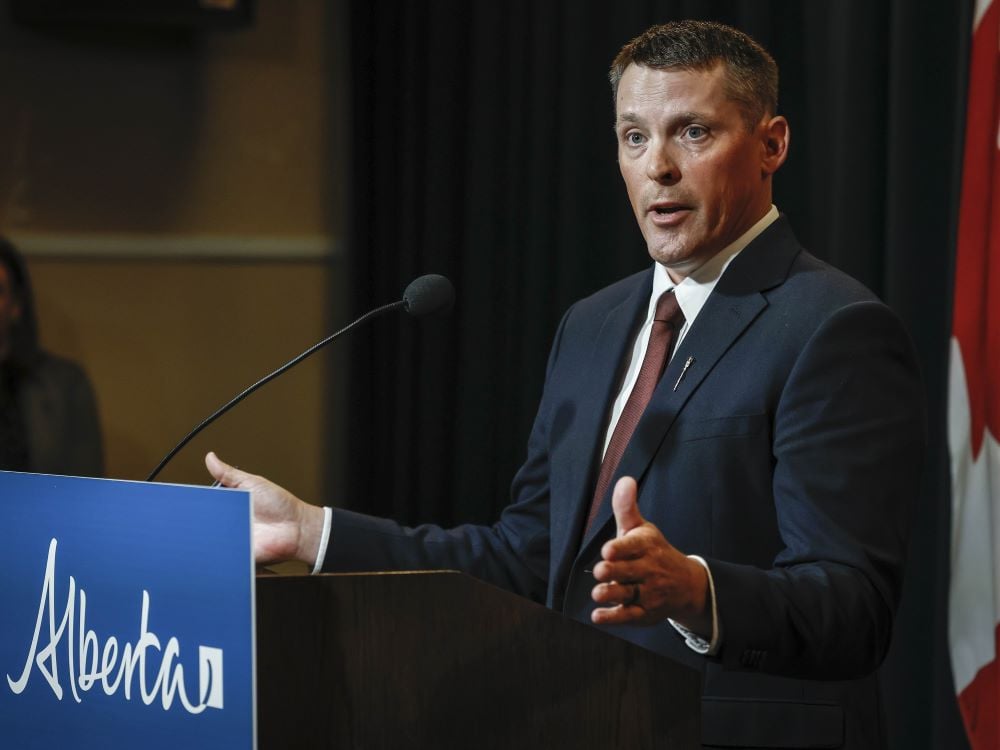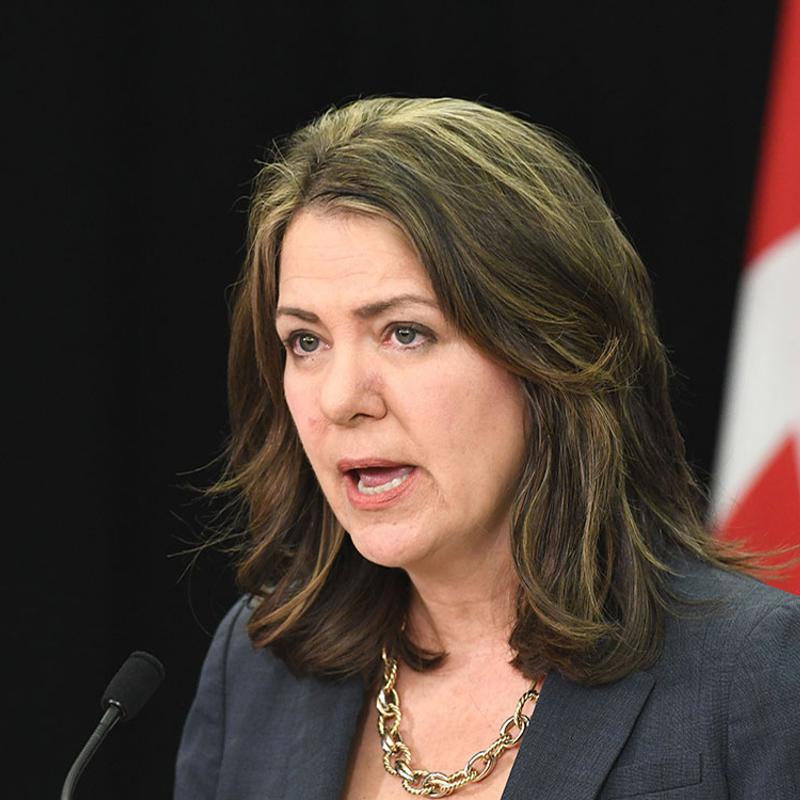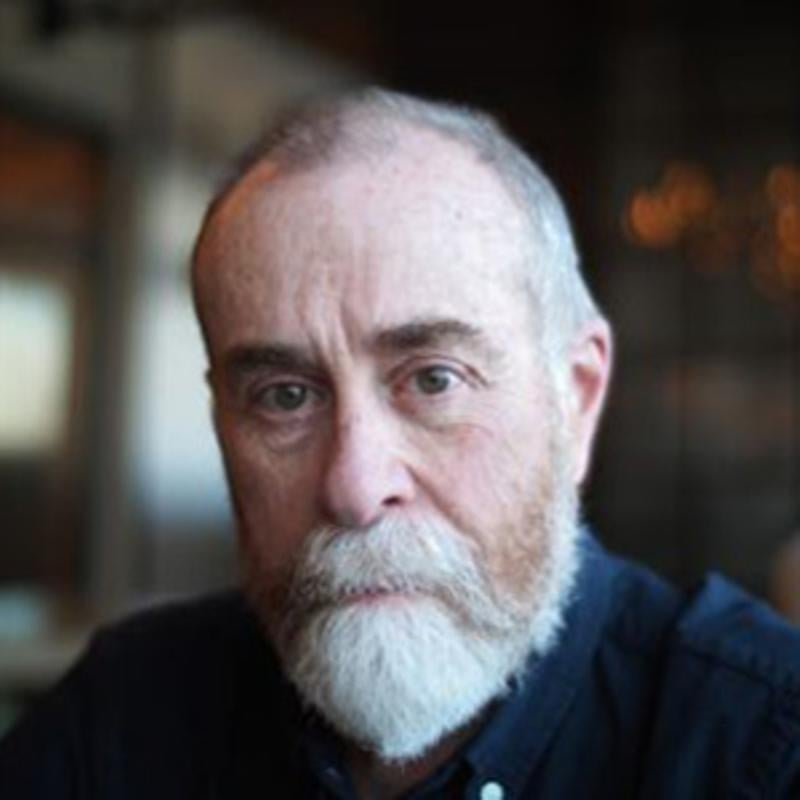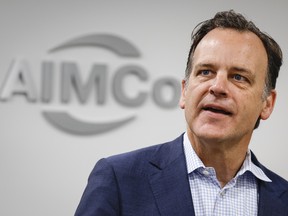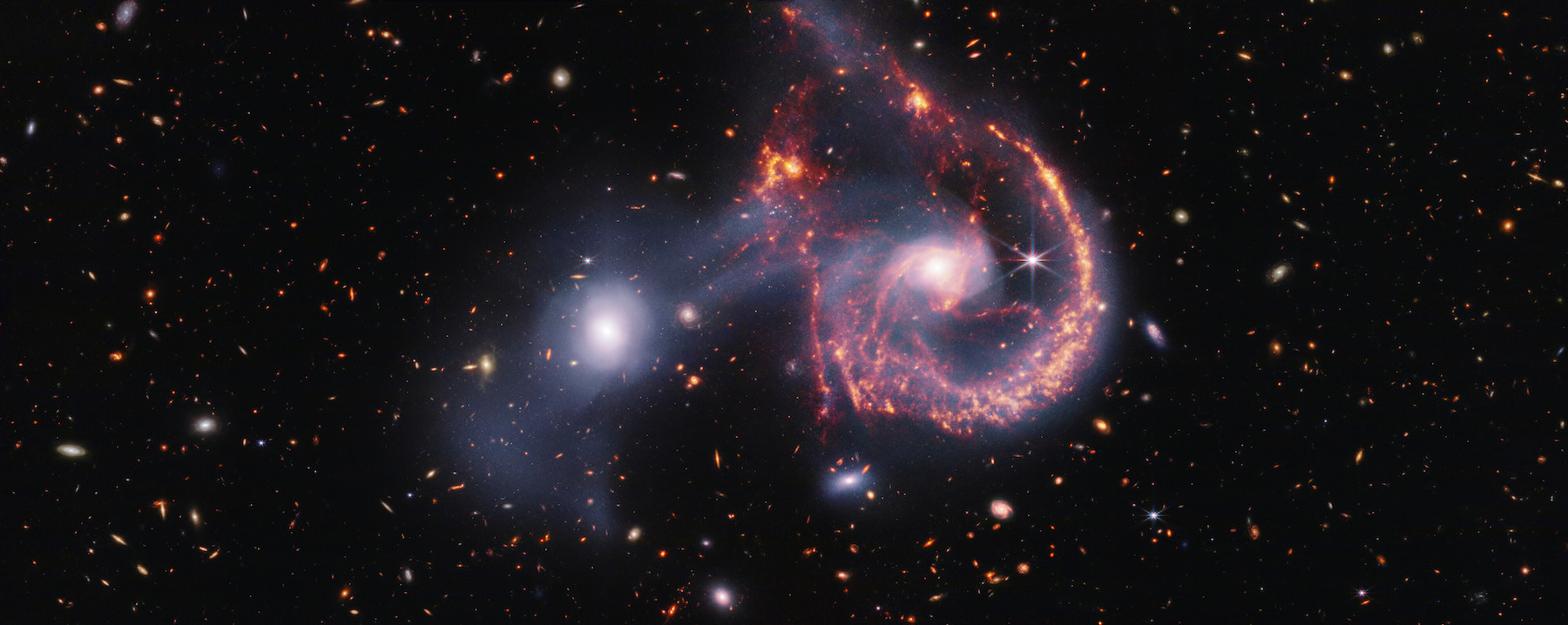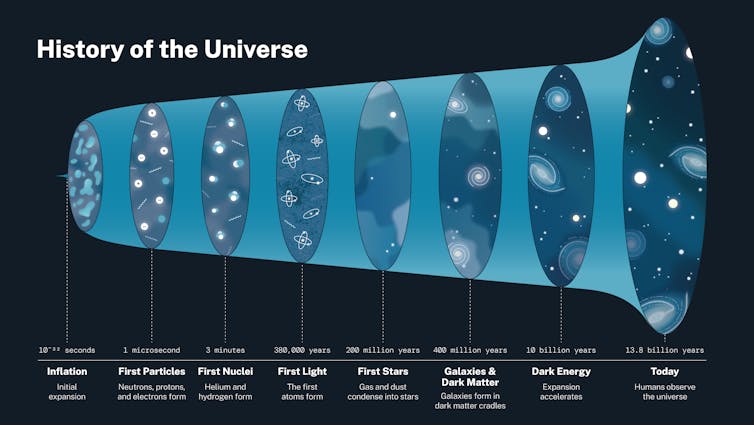Looming Fascism and the Question of Hope

When some leading thinkers at the London School of Economics saw fascism take hold in the 1930s, Oxford history professor Ben Jackson said in a recent BBC interview, they “argued that in those circumstances the people with economic power in society, the property owners, are willing to cancel democracy, cancel civil liberties, and make deals with political organizations like the Nazis if it guarantees their economic interest.”
That analysis has an ominous ring to it now as many tech industrialists swing behind President-elect Trump. They can hardly be unaware that Gen. Mark Milley, who served as the Joint Chiefs of Staff chairman under Trump, described him as “fascist to the core.”
“Big congratulations to our 45th and now 47th President on an extraordinary political comeback and decisive victory,” Amazon founder Jeff Bezos tweeted the morning after the election. Weeks earlier, as the owner of the Washington Post, Bezos had blocked an endorsement of Kamala Harris by the newspaper’s editorial board.
Bezos could lose billions of dollars in antitrust cases, but now stands a better chance of winning thanks to a second Trump administration. During the last decade, Amazon Web Services gained huge contracts with the federal government, including a $10 billion deal with the National Security Agency.
No wonder Bezos’ post-election tweet laid it on thick — “wishing @realDonaldTrump all success in leading and uniting the America we all love.”
Not to be left behind at the starting gun in the tech industry’s suck-up-to-Trump derby, Meta’s CEO Mark Zuckerberg wrote: “Congratulations to President Trump on a decisive victory. We have great opportunities ahead of us as a country. Looking forward to working with you and your administration.”
As a nine-figure donor and leading purveyor of online lies for the 2024 Trump campaign, Elon Musk has been working closely with Trump. The Tesla magnate, X (formerly Twitter) owner and SpaceX mogul is well-positioned to help shape policies of the incoming administration. A week after the election, news broke that Musk has been chosen by Trump to co-lead an ill-defined “Department of Government Efficiency” with an evident mission to slash the public sector.
Musk, Bezos and Zuckerberg rank first, third and fourth respectively on the Forbes list of the world’s richest individuals. The three of them have combined wealth of around $740 billion.
“In recent years, many tech eliteshave shrugged off the idealism once central to Silicon Valley’s self-image, in favor of a more corporate and transactional approach to politics,” the Washington Post gingerly reported after the election. The newspaper added: “A growing contingent of right-wing tech figures argue that Trump can usher in a new era of American dominance by removing red tape.”
For amoral gazillionaires like Bezos and Musk, ingratiating themselves with Trump is a wise investment that’s calculated to yield windfall returns. Evidently, the consequences in human terms are of no real concern. In fact, social injustice and the divisions it breeds create the conditions for still more lucrative political demagoguery, with the richest investors at the front of the line to benefit from corporate tax cuts and regressive changes in individual tax brackets.
After Election Day, the fascism scholar Jason Stanley offered a grim appraisal: “People who feel slighted (materially or socially) come to accept pathologies — racism, homophobia, misogyny, ethnic nationalism, and religious bigotry — which, under conditions of greater equality, they would reject. And it is precisely those material conditions for a healthy, stable democracy that the United States lacks today. If anything, America has come to be singularly defined by its massive wealth inequality, a phenomenon that cannot but undermine social cohesion and breed resentment.”
The threat of fascism in the United States is no longer conjectural. It is swiftly gathering momentum, fueled by the extremism of the party set to soon control both the executive and legislative branches of the U.S. government as well as most of the federal court system.
It’s not only that, as Stanley notes, “the Republican Party’s domination of all branches of government would render the U.S. a one-party state.” Already set in motion are cascading toxic effects on social discourse and political dynamics, marked by widening acceptance and promotion of overt bigotries and brandished hatreds.
The successful relaunch of Trump’s political quest has again rocketed him into the stratosphere of power. Corporate profits for the few will reach new heights. Only humanity will suffer.
This deeply perilous time requires realism — but not fatalism. In the worst of times, solidarity is most needed.
And what about hope?
Consider what Fred Branfman had to say.
In the late 1960s, Fred was a humanitarian-aid volunteer in Laos when he discovered that his country was taking the lives of peasants there by the thousands. He assembled Voices from the Plain of Jars, a book with the subtitle “Life Under an Air War,” published in 1972. It included essays by Laotian people living under long-term U.S. bombardment along with drawings by children who depicted the horrors all around them.
When I asked Fred to describe his experience in Laos, he said: “At the age of 27, a moral abyss suddenly opened before me. I was shocked to the core of my being as I found myself interviewing Laotian peasants, among the most decent, human and kind people on Earth, who described living underground for years on end, while they saw countless fellow villagers and family members burned alive by napalm, suffocated by 500-pound bombs, and shredded by antipersonnel bombs dropped by my country, the United States.”
Fred moved to Washington, where he worked with antiwar groups to lobby Congress and protest the inflicting of mass carnage on Indochina. During the decades that followed, he kept working as a writer and activist to help change policies, stop wars, and counteract what he described as “the effect on the biosphere of the interaction between global warming, biodiversity loss, water aquifer depletion, chemical contamination, and a wide variety of other new threats to the biospheric systems upon which human life depends.”
When I talked with Fred a few years before his death in 2014, he said: “I find it hard to have much ‘hope’ that the species will better itself in coming decades.”
But, Fred went on, “I have also reached a point in my self-inquiries where I came to dislike the whole notion of ‘hope.’ If I need to have ‘hope’ to motivate me, what will I do when I see no rational reason for hope? If I can be ‘hopeful,’ then I can also be ‘hopeless,’ and I do not like feeling hopeless.”
He added: “When I looked more deeply at my own life, I noticed that my life was not now and never had been built around ‘hope.’ Laos was an example. I went there, I learned to love the peasants, the bombing shocked my psyche and soul to the core, and I responded — not because I was hopeful or hopeless, but because I was alive.”
We’re alive. Let’s make the most of it, no matter how much hope we have. What we need most of all is not optimism but determination.
ZNetwork is funded solely through the generosity of its readers. Donate
Norman Solomon is an American journalist, author, media critic and activist. Solomon is a longtime associate of the media watch group Fairness & Accuracy In Reporting (FAIR). In 1997 he founded the Institute for Public Accuracy, which works to provide alternative sources for journalists, and serves as its executive director. Solomon's weekly column "Media Beat" was in national syndication from 1992 to 2009. He was a Bernie Sanders delegate to the 2016 and 2020 Democratic National Conventions. Since 2011, he has been the national director of RootsAction.org. He is the author of thirteen books including "War Made Invisible: How America Hides the Human Toll of Its Military Machine” (The New Press, 2023).
Youth Resistance in the Age of Fascist Dream-Worlds
Source: LA Progressive
FacebookTwitterRedditEmail

For too long, liberals have failed to recognize education for what it truly is: not merely a service or a tool for economic adaptation, but the very foundation of democratic life.
Hyper-capitalism is the death knell of democracy. It reduces everything to a commodity, monetizing and pathologizing every aspect of life. The blind faith in markets and unfettered individualism has dismantled the social state, ravaged the environment, and fueled staggering inequality. By divorcing economic activity from its social costs, liberals have obliterated civic culture, creating a vacuum filled by despair and alienation. Into that vacuum emerged a band of white supremacists, neo-Nazis, radical Christian nationalists, and a cruel band of misogynists and neoliberal fascists.
Let’s be clear: liberals have never escaped the shadow of Reagan, whose anti-government rhetoric and racist spectacles reshaped the political landscape, nor that of Milton Friedman, whose dogmatic worship of capitalism and contempt for social responsibility set the stage for decades of exploitation. Liberals have not only failed to dismantle these legacies—they’ve deepened them. They accelerated the war on Black women, expanded the carceral state, gutted the working class with NAFTA, and under Obama, cozied up to bankers while millions of Americans lost their homes and livelihoods in the wake of the 2008 financial crisis.
Instead, liberals clung to the isolating ethos of individualism and a myopic fixation on electoral wins at all costs, turning a blind eye to the loneliness and despair consuming millions of working-class people yearning for community and solidarity. In their neglect, they left an open wound, one that Trump exploited with his grotesque theater of hate. His fraudulent promises of “making America great again” cloaked a cynical swindle in the language of bigotry, lies, and the comforting rituals of spectacle, offering a hollow illusion of unity while solidifying a totalitarian nightmare rooted in the very structures of domination liberals refused to confront.
Liberals bear significant responsibility for the rise of Trump and the MAGA movement. Their complicity lies in more than their failure to challenge the “manufactured ignorance” churned out by today’s totalitarian digital disimagination machines. It is also rooted in their refusal to engage with how youth, people of color, and the displaced experience their suffering and name their realities.
For too long, liberals have failed to recognize education for what it truly is: not merely a service or a tool for economic adaptation, but the very foundation of democratic life. By reducing education to a set of instrumental skills needed to “compete in the global economy” and privileging standardized tests over critical thinking, they have stripped away the radical potential of learning while sabotaging any viable notion of critical pedagogy. Education is not simply about preparing individuals for work; it is about preparing them for the struggle to shape the world. When we turn education into a factory for producing compliant workers rather than active, informed citizens, we sabotage the very principles of democracy.
In their haste to placate the demands of neoliberalism, liberals abandoned the transformative power of education as a vehicle for collective consciousness. They relinquished any serious commitment to the idea that education could—and should—be a force that fosters social awareness, critical inquiry, and solidarity. Instead, they celebrated the hollow rhetoric of “school-to-work” and embraced policies that treated students as nothing more than cogs in a corporate machine.
Too many liberals remained silent as the media—a crucial pillar of democratic society—was surrendered to a far-right agenda and a corrupt corporate elite. In the process, the media has become a tool of misinformation, distorting reality to serve the interests of the powerful. Right-wing media has not just fostered ignorance; it has crafted a society incapable of distinguishing fact from fiction, truth from lies, democracy from authoritarianism.
This is the legacy of liberalism’s failure to defend education as a critical practice for political engagement. By abandoning the radical potential of the classroom and turning a blind eye to the growing monopoly over information, they have paved the way for the erosion of democratic values and social relations. In an age marked by the resurgence of fascism, especially with the election of Trump, Americans find themselves in a world where ignorance is weaponized and truth is under siege. Lost in the veil of spectacularized stupidity and lies promoted by the likes of Fox News, Newsmax, One America News Network, and Elon Musk’s X, it is almost impossible to image education as both a defense and enabler of democracy.
Meanwhile young people act not only as cultural critics but also as cultural producers across a variety of platforms—from social media and podcasts to online documentaries, blogs, and art installations—creating new pedagogical spaces to educate and mobilize the public. These spaces are crucial in both raising awareness of the growing threat of fascism and advocating for the dismantling of entrenched systems—such as the influence of money, the Electoral College, gerrymandering, and other elements of a corrosive capitalism—that distort the promise of a radical democracy.
What is unforgivable is the liberal retreat into the mythic fantasy of an America that never existed. Historical amnesia has become a mass pedagogical weapon of depoliticization. This denial left the path wide open for a regime that embodies the darkest truths about the nation’s past and present. Now, we are left with a pedagogy of terror and ignorance—a cultural framework that normalizes violence and enshrines cruelty, allows the planet to destruct, accelerates the war on people of color and women’s reproductive rights. This is the “Third Reich of Dreams” Charlotte Beradt warned about, where the nightmare is both lived and embraced.
Trump’s fascist dreamscape is on full display in his administration’s appalling plan to deport between 15 and 20 million undocumented immigrants from the United States. This policy is not just about immigration—it is an act of racial and class warfare, targeting people of color, the poor, and millions fleeing poverty and violence in Latin America. At its core is the criminalization of vulnerable populations, carried out by a state machinery designed to dehumanize and eradicate those deemed unworthy of citizenship. This a form of domestic terrorism writ large as a white nationalist fantasy of exclusion and elimination.
Leading this heinous project are Tom Homan, Stephen Miller, and Kristi Noem—hard-right ideologues determined to weaponize the power of the state against entire communities. Stephen Miller, in particular, embodies the ideological extremism driving this policy. His declaration that “America is for Americans” chillingly echoes Adolf Hitler’s assertion that “Germany is for Germans.” This is not immigration reform—it is racial cleansing. It is a deliberate strategy of disposability, rooted in white supremacy, and executed through the machinery of the carceral state and the criminalization of everything considered other and disposable.
This policy envisions a dystopian reality: families torn apart, children ripped from their parents, and communities shattered. Immigrants are reduced to mere bodies—loaded into boxcars, shipped to prisons, or expelled from the country altogether. The parallels to Nazi Germany’s genocidal regime are undeniable. The projected image of trains deporting people to prisons and detention camps is a harrowing reminder of where such dehumanization and racial politics inevitably lead. This is not hyperbole; it is history repeating itself.
Trump’s immigration policy is the embodiment of anti-democratic values, a dystopian fascist nightmare that weaponizes fear, hatred, and dehumanization. It strips away any facade of justice or humanity, laying bare the raw brutality of racial exclusion and state violence. This is not policy—it is vigilante terror—crafted to solidify a fascist vision of America built on the ruins of dignity, compassion, and freedom.
ZNetwork is funded solely through the generosity of its readers. Donate
Henry A. Giroux (born 1943) is an internationally renowned writer and cultural critic, Professor Henry Giroux has authored, or co-authored over 65 books, written several hundred scholarly articles, delivered more than 250 public lectures, been a regular contributor to print, television, and radio news media outlets, and is one of the most cited Canadian academics working in any area of Humanities research. In 2002, he was named as one of the top fifty educational thinkers of the modern period in Fifty Modern Thinkers on Education: From Piaget to the Present as part of Routledge’s Key Guides Publication Series.

